According to the IWSR, canned wines have “been moving towards broader consumer acceptance” — with the category expected to grow over 13 percent by 2028. Typically, the popularity of canned wine peaks in the summer, when portability for boat rides, picnics, and rooftop gatherings is top of mind. But during the colder months, they seem to become forgotten.
Their smaller size makes them great for sharing no matter the season, though, allowing individuals to have one or two glasses without letting an entire bottle go to waste if drinking solo. As more consumers participate in Dry January and the sober conscious movement gains momentum, canned wines can be a great way of drinking less. They also offer a smaller price barrier to entry when sampling an array of wines.
Many wine professionals are beginning to recognize that wines in cans can be just as complicated as their bottled counterparts and just as interesting to drink — especially as many producers have begun making canned red wines that express a sense of place, taste great, and showcase the category’s drastic improvements over the past few years.
“You can’t put just any wine in a can,” says Alicia Towns Franken, vice president of the wine portfolio at Archer Roose. “These are young, fresh, and delicious wines, [and] just like most wines in bottles on the market are meant to be enjoyed now.” And while these products are often served chilled, they should in fact be stored the same as bottled wines — with whites and rosés served cold and winter reds served at cellar temp.
How can canned wines get past their reputation as only for summer? Marketing can be a huge aspect. As we celebrate major winter holidays — from New Year’s to Valentine’s Day — campaigns featuring canned wines could highlight the category’s versatility and remind consumers of the category’s year-round appeal.
One of the traditional New Year’s Day dishes in the South is black-eyed peas and greens; canned Pinot Gris and Malbecs both work with the tartness of the greens and richness of the peas. On Valentine’s Day, a holiday where candy is the star, sweets act as a perfect vehicle for a bubbly canned wine pairing. And as Easter approaches, canned red wine can enhance dishes like ham and lamb, while bright whites and rosés work with traditional holiday candy such as Jordan almonds.
While canned wines will always have a summary appeal, countless producers continue to include the category in their year-round portfolios — so there’s no need to wait until temperatures heighten to pop open your next great sip.
5 canned wines to try, no matter the season:
Alex Craighead Kindeli Wines Piquette
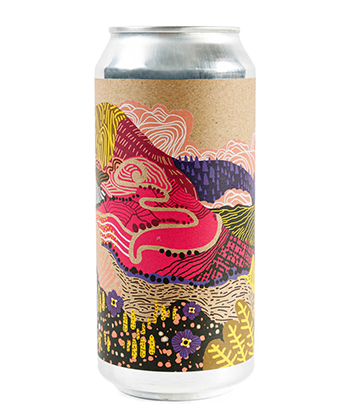
This fresh and slightly sparkling wine from New Zealand is a perfect pairing for salty potato chips. Average price: $8.00
Archer Roose Malbec
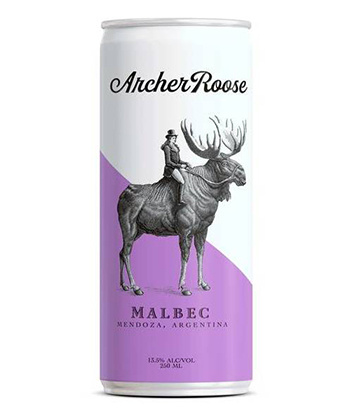
This fruit-forward carbonic macerated Malbec is great alongside root vegetables such as squash and sweet potatoes. Average price: $5.00
Broc Cellars Love Rosé
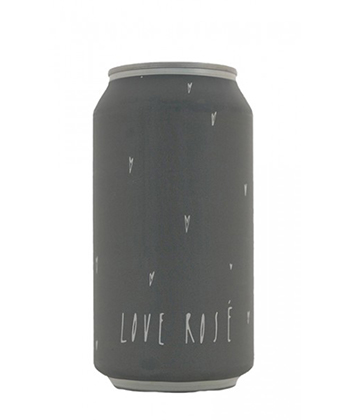
Proving that rosé should not be relegated to summer, this blend of Valdiguié, Zinfandel, and Trousseau is a great accompaniment to winter foods like soups and chilis. Average price: $10.00
Old Westminster Winery Seeds & Skins
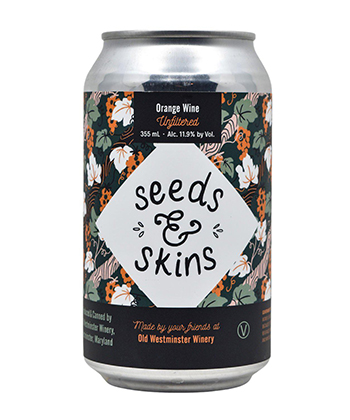
This skin-fermented wine with notes of citrus is a great complement for winter fruit such as orange and lemons. Average price: $10.00
Stoller Wine Group Canned Oregon Pinot Gris
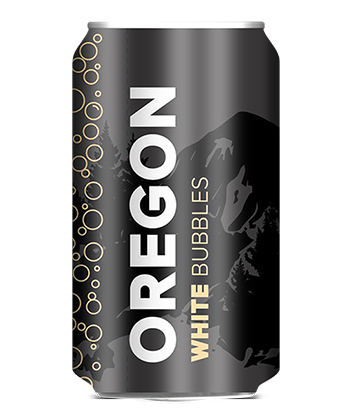
One may think of Pinot Noir when it comes to Oregon wine, but this Pinot Gris is crisp, refreshing, and works with seafood and vegetarian dishes. Average price: $7.00
